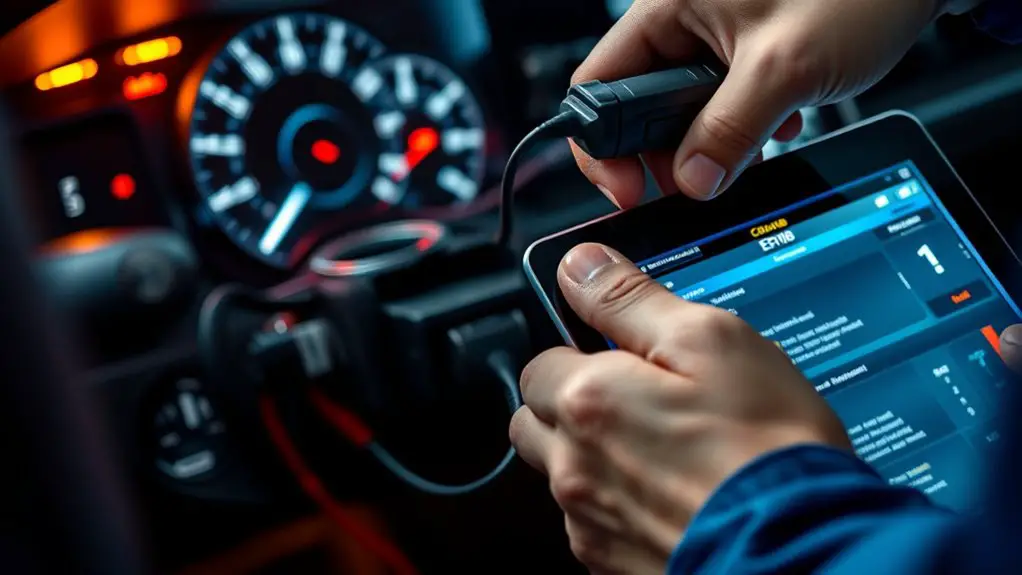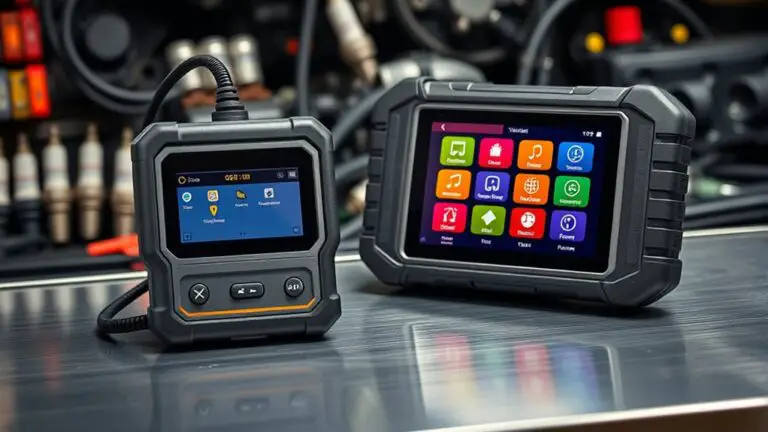How to Interpret ECU Going to Safe Mode When Scanning a Modern OBD-II Cars
When your modern OBD-II car goes into ECU safe mode, you’re looking at a protection response. Start by pulling live data and fault codes, then note the sequence that led to reduced power, limited RPM, or a softer idle. Look for sensor conflicts, wiring issues, or rapid parameter swings. Clear or reset codes only after you’ve verified stable data and battery voltage. If codes reappear, proceed with methodical checks; continuing this path will reveal more for you.
What Is ECU Safe Mode and Why It Activates
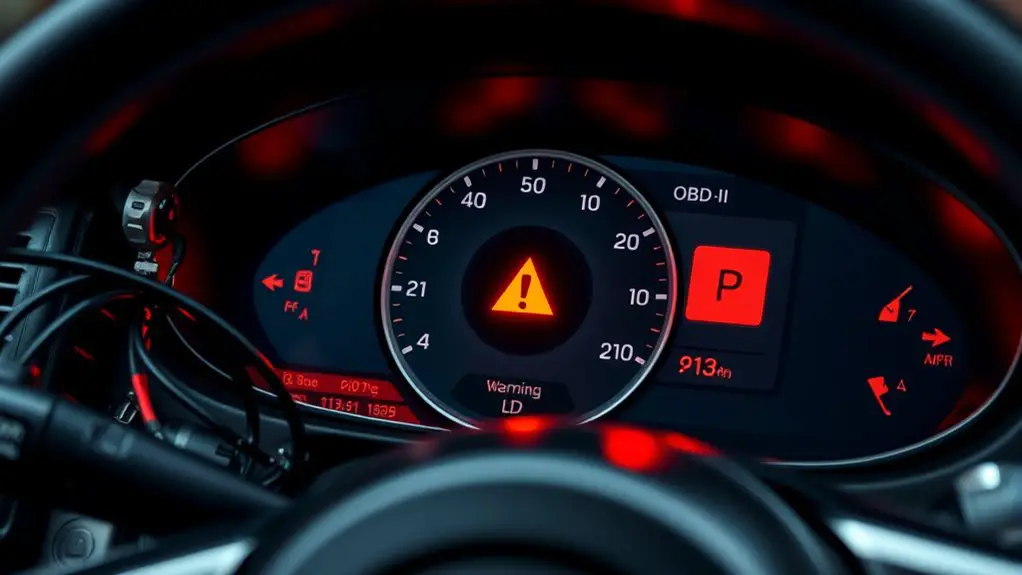
ECU Safe Mode is a protective, reduced-function state triggered when the engine control unit detects conditions that could harm the engine or impair performance. In this mode, you preserve core functions, prioritize safety, and prevent further damage. You’re not stuck; you’re guided toward a stable baseline that supports inspection and repair. Understanding ECU functionality helps you interpret why the system constrained operations. Safe mode activates based on data from sensors, fault codes, and system checks, signaling a need to protect engine performance while issues are addressed. With diagnostic tools, you can read live parameters, confirm which subsystems entered protection, and identify abnormal trends without risking additional harm. This state is deliberate, not punitive. It provides a clear path: diagnose, repair, and restore normal operation. Your approach should be methodical, documenting findings, and verifying that the ECU returns to full functionality after repairs.
Recognizing Signals When the ECU Drops to Safe Mode
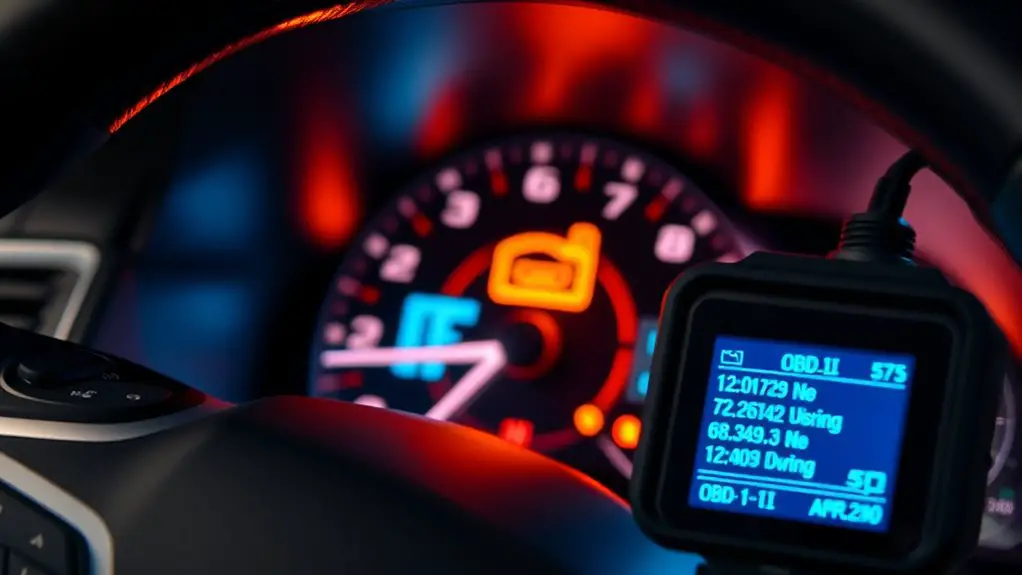
When the ECU drops into safe mode, you’ll notice a sudden change in engine behavior and dashboard cues that signal protection has engaged. You’ll observe reduced power, limited RPM, and smoother idle as the control system conserves function. The transmission may shift differently, and the idle may feel unstable at the curb. Focus on signal patterns that consistently appear across gauges and warning lights, such as amber or red indicators that illuminate with restricted performance. Diagnostic indicators should be approached methodically: confirm if the check engine light is steady or blinking, and note any accompanying gauge fluctuations. Some vehicles reveal a limp‑home feel, where acceleration is capped and throttle response is muted. Document the sequence, timing, and any recurring indicators. This pattern recognition supports proactive diagnostics and safer road behavior, guiding you to reliable patterns without assuming root causes. Use these observations to plan your next diagnostic steps with clarity.
Common Triggers: Fault Codes, Sensor Conflicts, and Wiring Issues
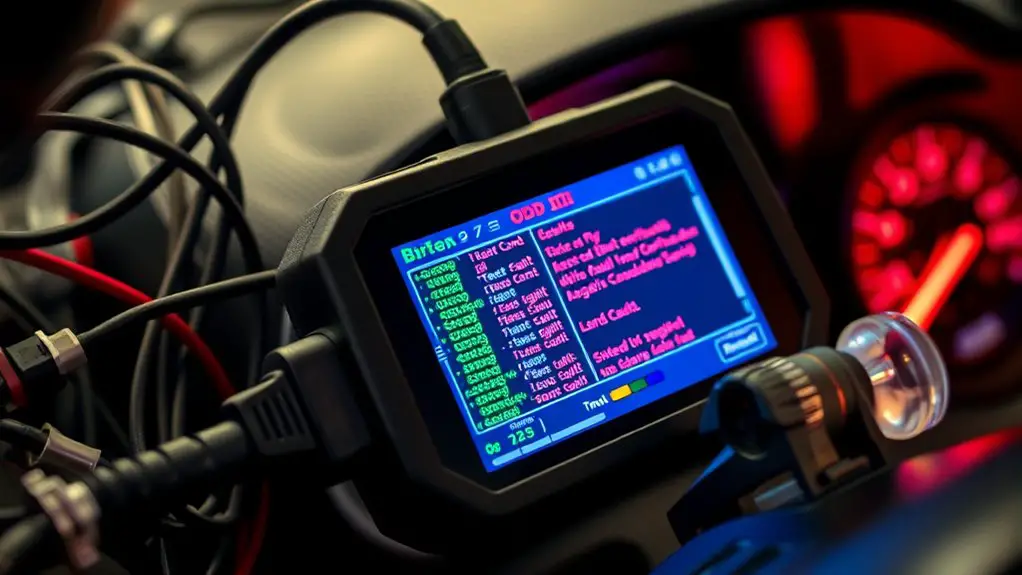
Common triggers for ECU safe-mode include fault codes, sensor conflicts, and wiring issues. You’ll want a clear path from symptom to impact, focusing on actionable checks rather than guesswork. The goal is to identify root causes quickly and maintain your driving freedom.
1) fault code analysis: read codes with a trusted scanner, correlate them to service bulletins, and map the sequence to suspect components.
2) sensor conflicts: verify sensor signals are within spec, watch for stuck or noisy inputs, and assess whether a faulty sensor is skewing data.
3) wiring issues: perform a careful wiring inspection, looking for corrosion, loose connectors, and damaged insulation that can create intermittent faults.
4) cross-checks: validate coding and adapt parameters, ensuring no conflicting reprograms exist that could trigger safe-mode unnecessarily.
Interpreting Data Streams During Limited Readouts
Limited readouts constrain what you can confirm, so you must prioritize the data that most directly indicates safe-mode triggers. You’ll focus on core signals that reveal abnormal data flow and inconsistent sensor outputs. Within this framework, interpretive accuracy comes from pattern recognition rather than exhaustive lists. Use diagnostic tools to snapshot ECU messages, timestamped DTCs, and data stream trends over brief windows. Look for abrupt shifts, unexpected refusals, or stalled sensor feeds that align with recent fault codes or wiring issues. Distill the stream to high-risk indicators: rapid parameter oscillations, closed-loop unwinds, and persistent out-of-range values across critical systems. Corroborate findings by cross-referencing engine RPM, load, and temperature with known safe-mode thresholds. Document your observations succinctly, noting which streams were active during the readout. This disciplined approach helps you assess safety implications without overextending the limited data. Maintain clarity, trust your diagnostic tools, and prioritize data flow consistency.
Step-by-Step Verification: From Code Retrieval to Sensor Checks
Begin by securing the code retrieval: extract the latest ECU fault codes, timestamp them, and note any pending DTCs before moving to sensor validation. You’ll map these codes to likely faulty systems, then proceed to targeted sensor checks with a clear plan. This step guarantees you don’t chase symptoms blindly and keeps your approach grounded in OBD II basics and reliable diagnostic tools.
Begin with secure code retrieval: capture latest ECU DTCs with timestamps, then validate sensors against mapped fault codes.
1) Verify live data against stored codes, focusing on critical sensors (MAP/MAF, O2, TPS) and confirm expected ranges.
2) Test sensor wiring and connectors for corrosion, loose pins, or shorts, documenting any anomalies.
3) Use a controlled drive or bench test to observe sensor response under load, noting deviations and recovery times.
4) Cross-check with additional sensors or a secondary tool to validate results before considering fixes or resets.
This method stays precise, structured, and aligns with the freedom-seeking reader who values clarity and control while using diagnostic tools responsibly.
Clearing Safe Mode: Resetting Codes and Reboot Procedures
Clearing safe mode starts with a deliberate reset of the fault codes and a controlled reboot of the ECU. You perform a deliberate purge of stored codes and initiate a fresh boot cycle to reinitialize sensor baselines. This is the moment to follow precise reset procedures, ensuring the OBD-II link is stable and battery voltage is steady. After the reboot, you recheck for pending codes and confirm that the engine light remains off. If codes reappear, you’ll reassess, not guess, using systematic diagnostic steps. This process doesn’t erase data that defines the root cause; it clears symptoms to verify readiness for normal operation. If all clears, you’re free to observe real-time parameter changes and drive normally, not recklessly.
| Step | Action |
|---|---|
| 1 | Confirm power/connection |
| 2 | Initiate code clearing |
| 3 | Verify reset procedures |
When to Seek Professional Help and Documentation You Should Bring
If you’re unsure whether the issue is something you can handle, don’t hesitate to seek professional help; a qualified technician can confirm diagnosis, perform advanced tests, and prevent misinterpretation of data. When you consider professional involvement, you should also bring and review repair documentation to accelerate decisions and avoid rework. Rely on diagnostic tools and clear records to support a confident path forward.
- Gather all repair documentation, including prior service receipts and parts lists, so the technician understands history and vendor-verified specs.
- Bring a current diagnostic report or scan history, noting any safe-mode codes and freeze-frame data for accurate interpretation.
- List observed symptoms, driving conditions, and recent work on the vehicle to help the mechanic reproduce the issue.
- Confirm warranty status, service bulletins, and return policies in writing to safeguard future coverage and adjustments.
Frequently Asked Questions
How Does ECU Safe Mode Affect Fuel Trim and Timing Settings?
You’ll notice fuel trim and timing tighten up in safe mode, but it’s not magic—it’s protection. You’ll see lean or rich corrections stall, and spark timing pulled back to prevent knock, lowering power. Fuel efficiency may dip, and performance impact is real when the ECU rides the brakes. You’d better trust diagnostics, then restore normal mode to regain ideal timing, trims, and peak efficiency without compromising engine safety.
Can Intermittent Faults Trigger Safe Mode Without Stored Codes?
Yes, intermittent issues can trigger safe mode even without stored codes. When the ECU detects erratic sensor data or inconsistent fault detection, it may self-protect by limiting fuel and timing adjustments. You’ll often see the system enter limp or reduced power. Keep in mind, no codes doesn’t mean nothing’s wrong—perform thorough intermittent testing, inspect wiring, and monitor live data to confirm the fault isn’t hiding. Prepare for controlled diagnostics and methodical repair.
Are There Indicators Beyond the Check Engine Light for Safe Mode?
Yes—there are indicators beyond the check engine light for safe mode. You’ll notice safe mode indicators like reduced engine power, limp-home behavior, and limited RPMs, along with noticeable engine performance symptoms such as surges, stalling, or poor acceleration. You’ll also see transmission shifts stiffen, idle irregularities, and diagnostic codes stored. Stay alert to unusual noises, vibrations, and warning beeps, and treat these signals as prompts to diagnose before driving aggressively.
Will Resets Erase Learned Adaptations or Affect Future Scans?
Reset implications: yes, resets erase learned adaptations and reset the adaptation effects. You’ll lose idle, fuel trim, and acceleration calibrations, which may cause the engine to run oddly until the ECU relearns. Don’t panic—drive normally after reseating to help the adaptation cycle rebuild. Acknowledge potential longer first drives, then monitor performance. If issues persist, recheck sensors and codes. You can regain smoothness, but expect a brief retraining period as your system recalibrates.
Do All OBD-II Scanners Detect ECU Safe Mode Reliably?
No, not all OBD-II scanners detect ECU safe mode reliably. You’ll find scanner compatibility varies, and some tools miss subtle fault indicators. For accurate fault detection, use a scanner that explicitly supports advanced codes and freeze-frame data, plus manufacturer-specific pids. Expect mixed results across makes. If a dealership tool flags safe mode, cross-check with another device. You’ll gain clarity by confirming compatibility, testing across scenarios, and tracking inconsistent reads for firmware updates.

